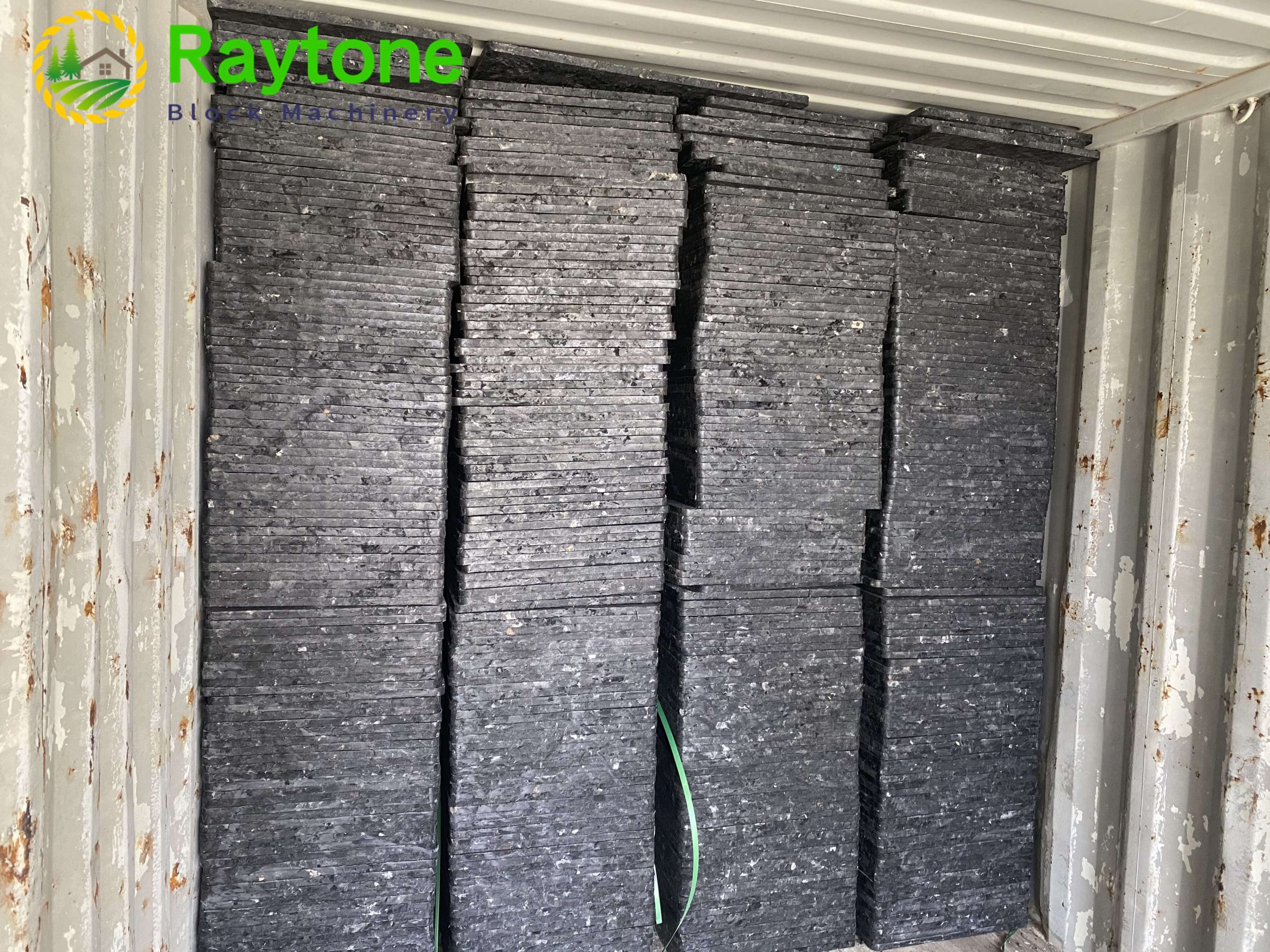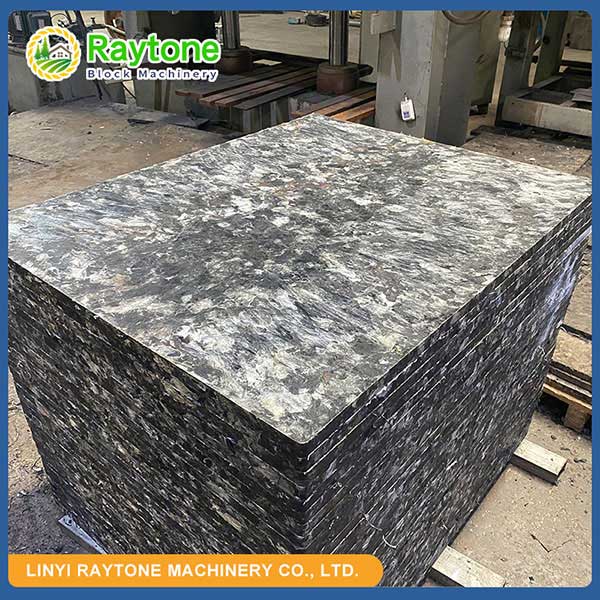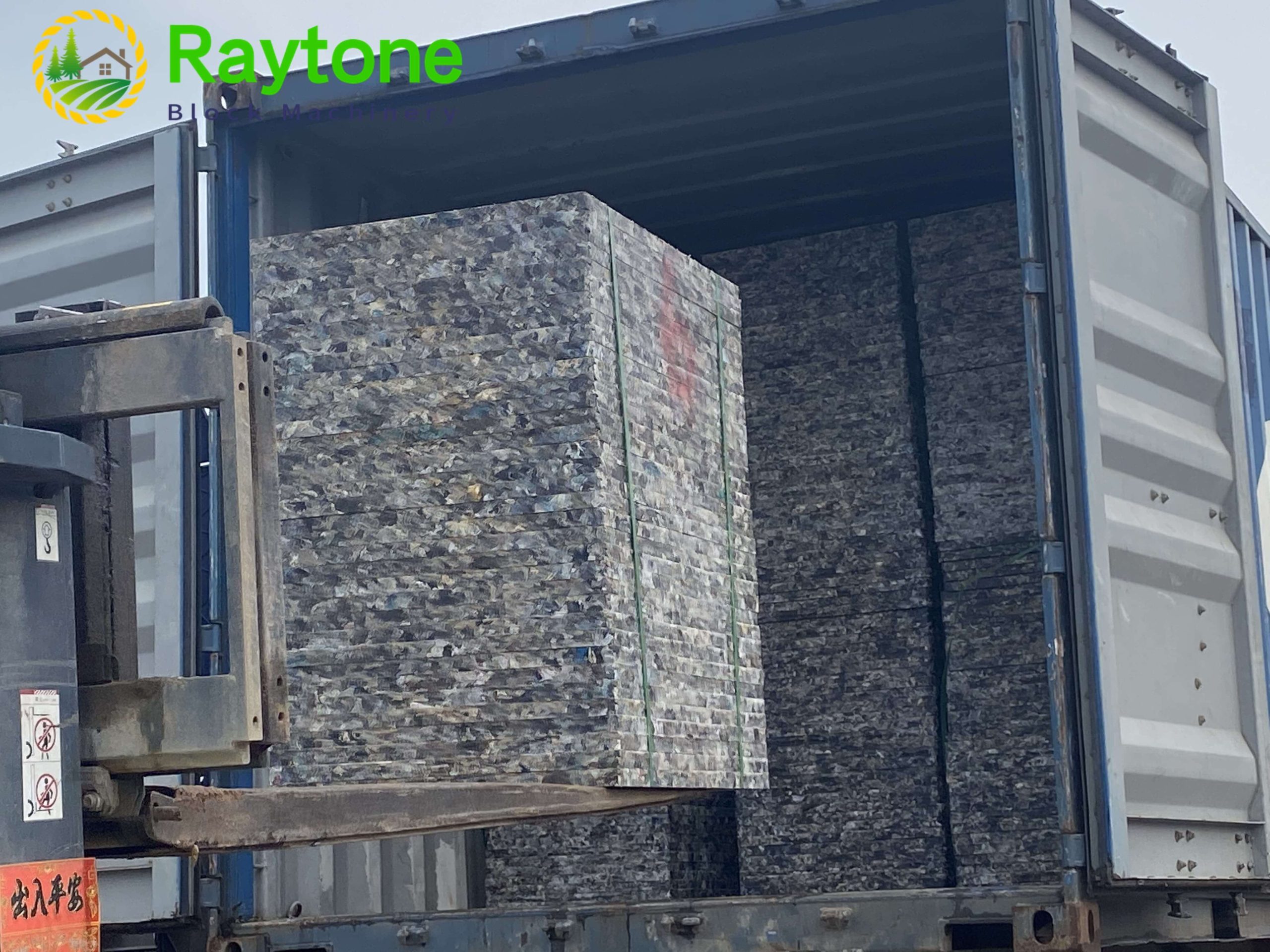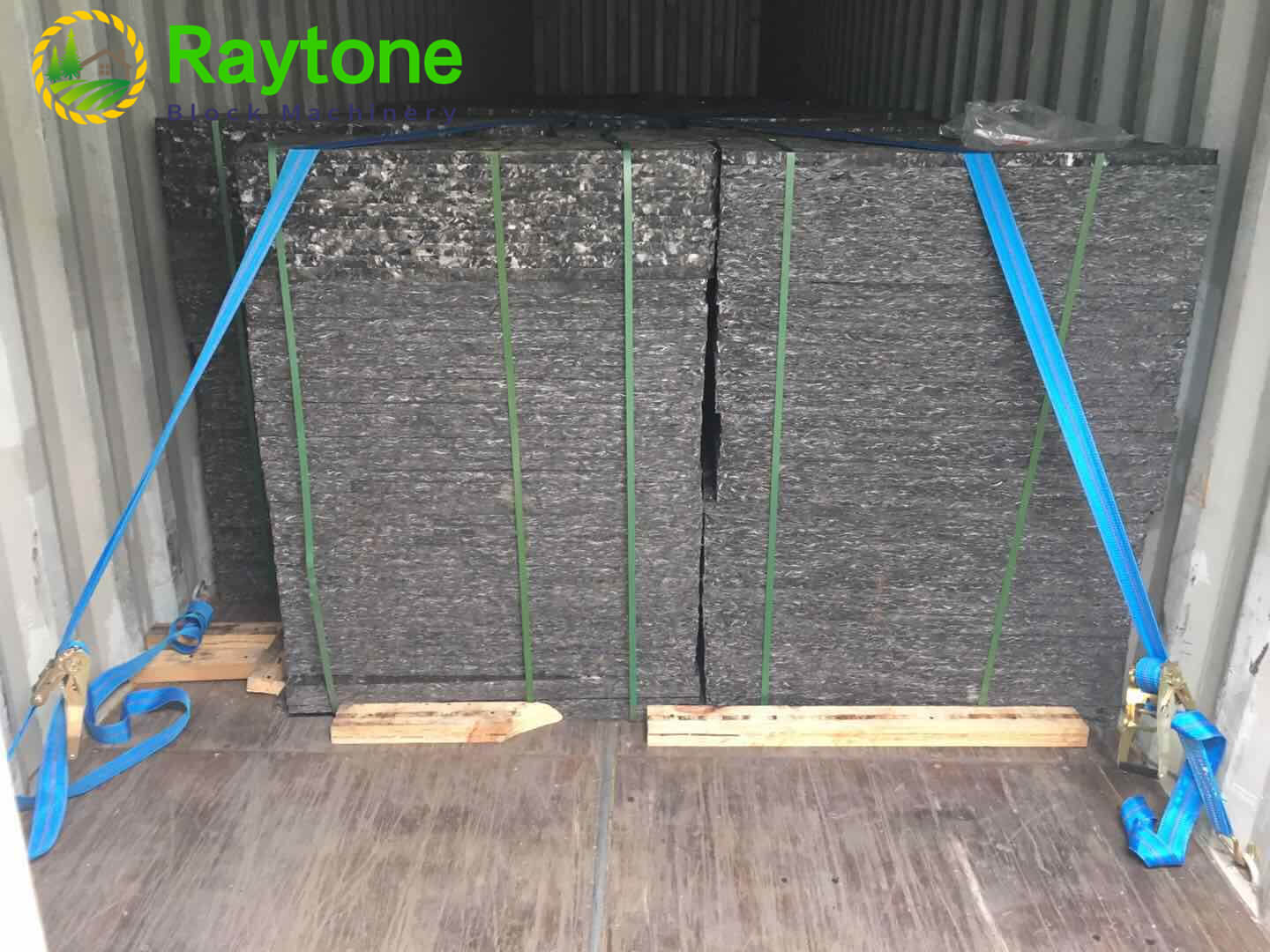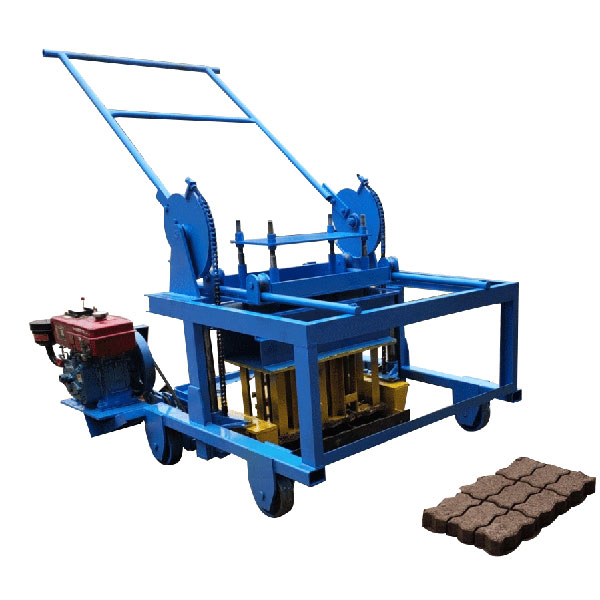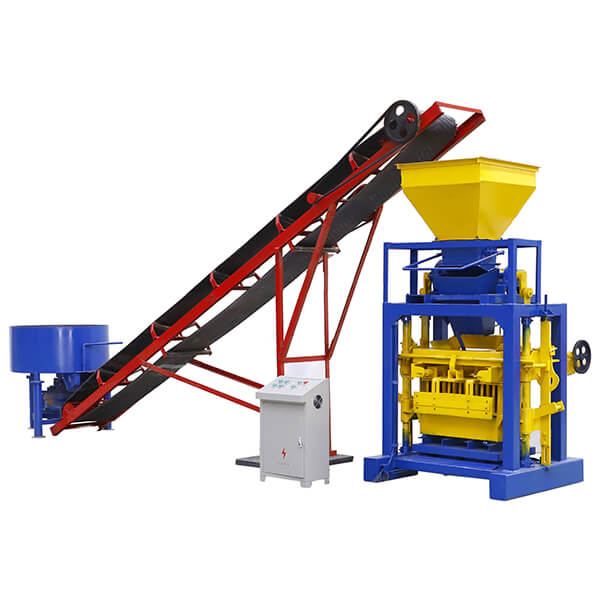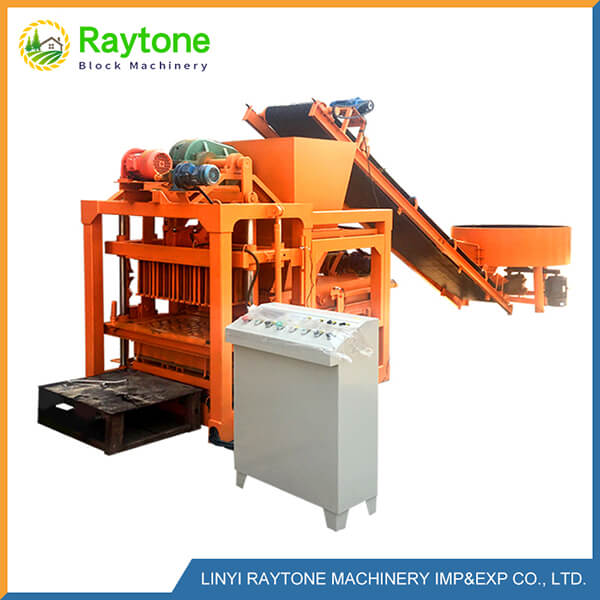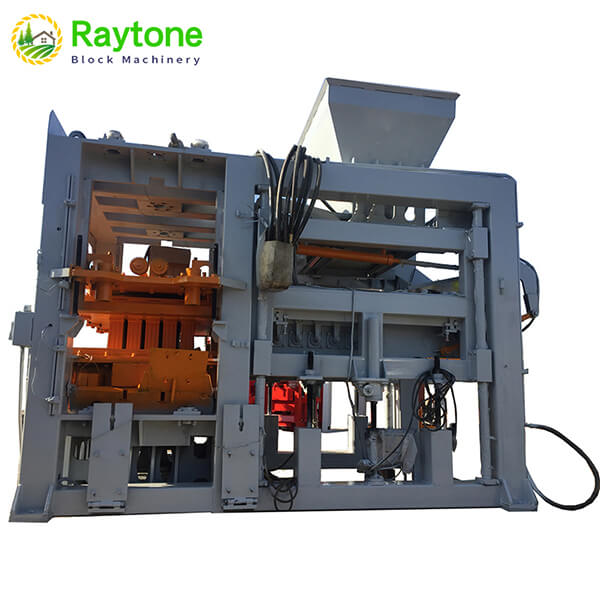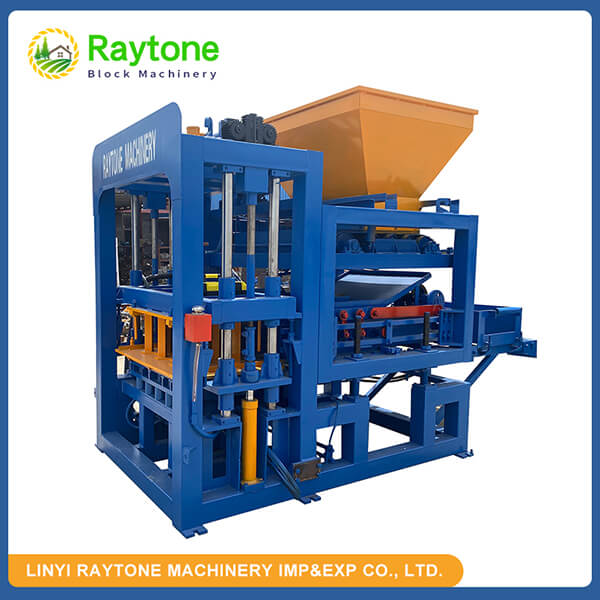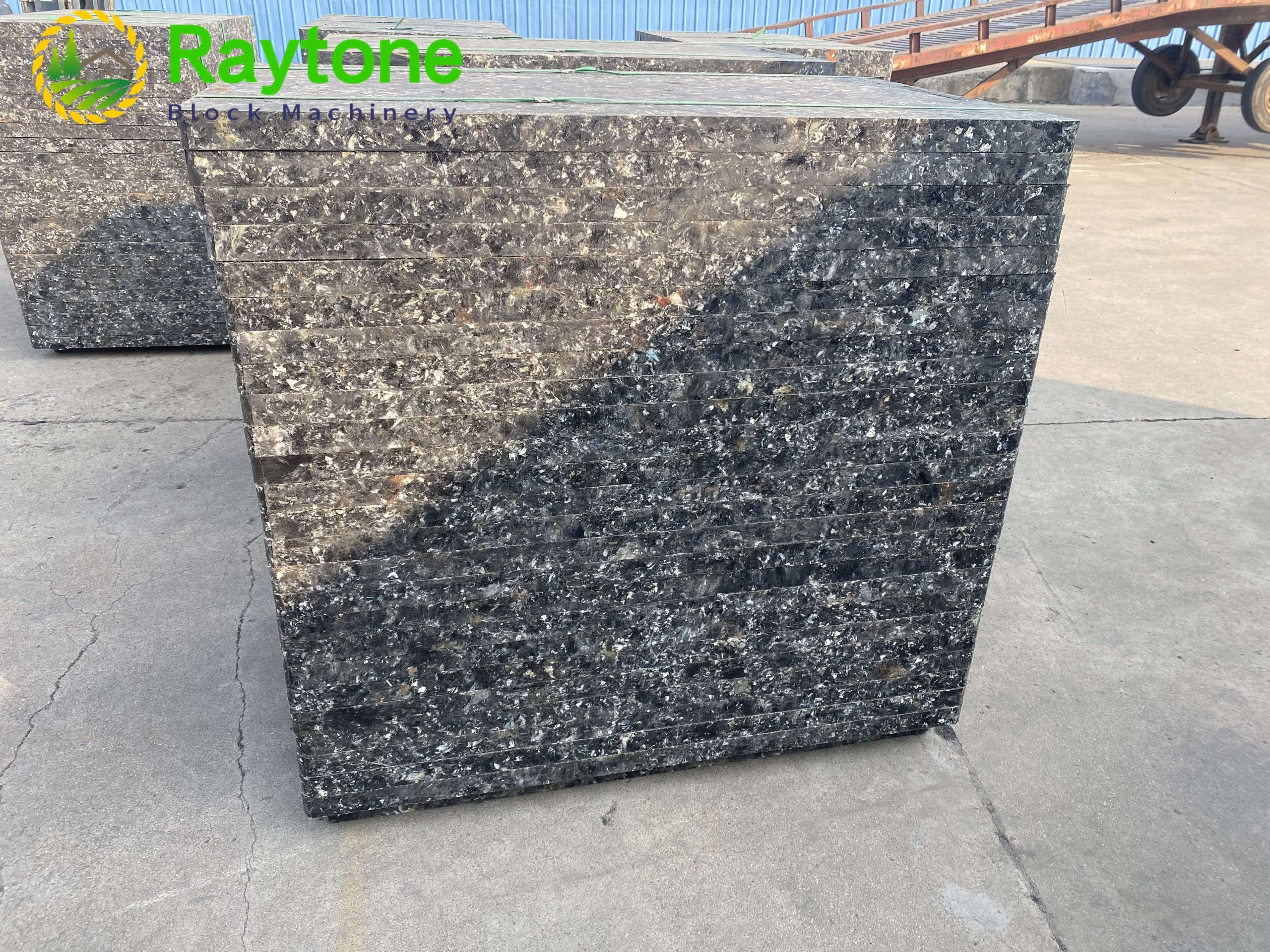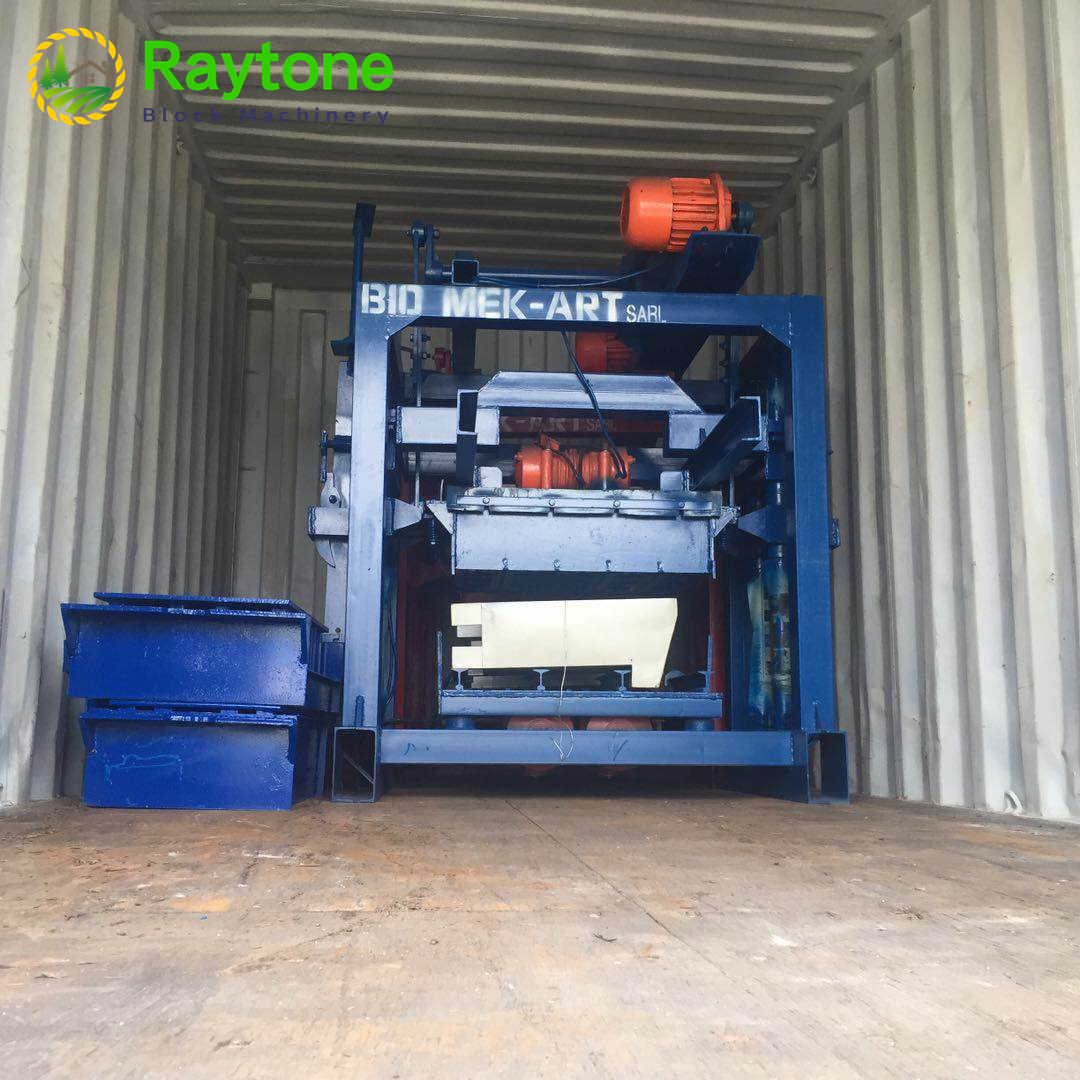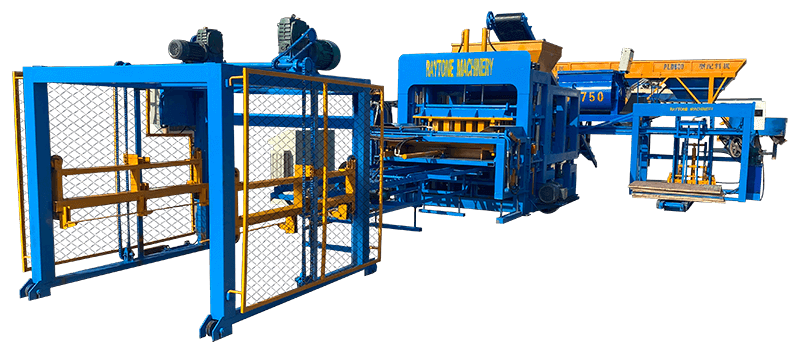The process of making concrete blocks using a block making machine is a streamlined and efficient method for producing high-quality construction materials. This automated process begins with mixing the raw materials, including cement, sand, aggregates, and water, in precise proportions. The mixture is then fed into the block making machine, where it’s compacted and molded into the desired shape and size. The machine applies intense pressure and vibration to ensure proper compaction and density. Once formed, the blocks are ejected onto pallets and moved to a curing area. Here, they undergo a controlled curing process to achieve optimal strength and durability. This mechanized approach not only enhances productivity but also ensures consistency in block quality, making it an essential tool in modern construction practices.
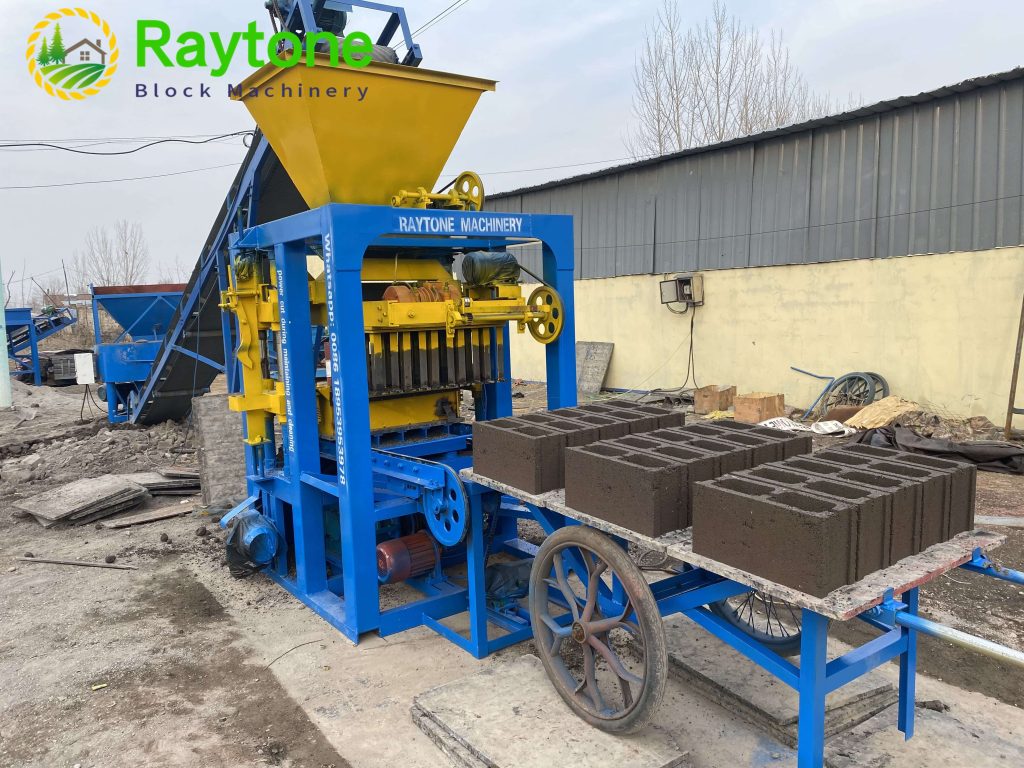
Understanding Block Making Machines
Types of Block Making Machines
Block making machines come in various types, each designed to meet specific production needs and capabilities. The most common types include stationary machines, which are ideal for large-scale production facilities, and mobile machines, which offer flexibility for on-site block production. Hydraulic block machines utilize hydraulic pressure for compaction, resulting in high-density blocks. Egg-laying machines, named for their production method, create blocks directly on the ground, eliminating the need for pallets. Fully automatic machines offer the highest production rates with minimal human intervention, while semi-automatic and manual machines provide more affordable options for smaller operations.
Key Components of a Block Making Machine
A typical block making machine consists of several crucial components that work in harmony to produce concrete blocks. The hopper receives and stores the concrete mix before feeding it into the mold. The mold box, a central component, shapes the concrete into the desired block form. Hydraulic or mechanical vibrators ensure proper compaction of the mixture within the mold. The tamper head applies pressure from above, further compressing the mix. A conveyor system often facilitates the movement of materials and finished blocks. The control panel allows operators to manage various aspects of the production process, including mix ratios, vibration intensity, and cycle times.
Advantages of Using Block Making Machines
Block making machines offer numerous advantages over traditional manual block production methods. They significantly increase production efficiency, with some models capable of producing thousands of blocks per day. The consistency in block quality is greatly improved, as machines maintain precise control over mix ratios, compaction, and block dimensions. This uniformity leads to stronger, more durable blocks and reduced material waste. Labor costs are typically lower with mechanized production, as fewer workers are required to operate the machinery. Additionally, block making machines allow for greater versatility in block designs and sizes, enabling manufacturers to meet diverse market demands more easily.
Raw Materials and Mix Design
Essential Ingredients for Concrete Blocks
The quality of concrete blocks largely depends on the materials used in their production. The primary ingredients include cement, which acts as the binding agent, aggregates like sand and gravel that provide structure and strength, and water to activate the cement and facilitate mixing. The type of cement used, typically Portland cement, can vary based on specific strength requirements or environmental conditions. Aggregates should be clean, well-graded, and free from impurities to ensure optimal block performance. Some manufacturers also incorporate additives such as fly ash or slag to enhance certain properties of the blocks or to reduce the cement content for environmental and cost benefits.
Importance of Proper Mix Ratios
Achieving the right mix ratio is crucial for producing high-quality concrete blocks. The proportions of cement, aggregates, and water significantly influence the block’s strength, density, and durability. A typical mix might consist of one part cement to six parts aggregate, with water added to achieve the desired consistency. However, these ratios can vary depending on the specific requirements of the project, local building codes, and environmental conditions. Too much water can lead to weak, porous blocks, while too little can result in poor compaction and difficulty in molding. Modern block making machines often feature automated mix control systems that help maintain consistent ratios throughout the production process.
Optimizing Mix Design for Different Block Types
Different types of concrete blocks may require variations in mix design to achieve specific properties. For instance, lightweight blocks might incorporate materials like pumice or expanded clay aggregates to reduce density while maintaining strength. Blocks intended for load-bearing walls typically require a higher cement content and carefully selected aggregates to ensure adequate compressive strength. Decorative blocks might include pigments in the mix for color or special aggregates for texture. Some specialized blocks, such as those designed for sound insulation or thermal efficiency, may incorporate additional materials like recycled glass or insulating compounds. The ability to fine-tune mix designs allows manufacturers to produce a wide range of block types using the same block making machine, simply by adjusting the input materials and mix ratios.
Step-by-Step Block Production Process
Material Preparation and Mixing
The block production process begins with careful preparation of raw materials. Aggregates are screened to ensure proper size distribution and washed to remove impurities. Cement is stored in silos to keep it dry and free-flowing. The ingredients are then measured according to the predetermined mix design, often using automated weighing systems for precision. Modern block making machines typically feature integrated mixers that combine the dry ingredients thoroughly before adding water. The mixing process is crucial, as it ensures even distribution of cement and proper hydration, directly impacting the final block quality. Some advanced systems use moisture sensors to adjust water content in real-time, maintaining optimal mix consistency.
Molding and Compaction
Once mixed, the concrete is transferred to the block making machine’s mold box. The mold, which determines the shape and size of the blocks, is typically interchangeable, allowing for production of various block types. As the mold fills, vibrators activate to settle the mix and eliminate air pockets. The machine then applies intense pressure from above using a hydraulic or mechanical press, compacting the mixture into a dense, solid form. This compaction is critical for achieving the desired strength and durability of the finished blocks. Many modern machines employ sophisticated vibration and pressure control systems to optimize this process, ensuring consistent quality across production runs.
Curing and Quality Control
After molding, the freshly formed blocks are carefully removed from the machine and transferred to curing racks or pallets. The curing process is vital for developing the block’s strength and durability. Initially, blocks are kept in a controlled environment to prevent rapid moisture loss, which could lead to cracking. Depending on the production setup, curing might involve steam rooms, water misting systems, or simply covering the blocks with plastic sheets. The curing period typically lasts several days to weeks, during which the blocks gradually gain strength as the cement continues to hydrate. Throughout the production and curing process, quality control measures are implemented. This may include regular testing of block dimensions, weight, and compressive strength to ensure compliance with industry standards and project specifications. Advanced facilities might employ automated systems for tracking and monitoring each batch of blocks produced.
Conclusion
The process of making concrete blocks using a block making machine represents a significant advancement in construction material production. By combining precision engineering with carefully controlled material inputs, these machines enable the creation of high-quality, consistent blocks at scale. From the initial mixing of raw materials to the final curing stage, each step in the process contributes to the overall quality and performance of the finished product. As construction technologies continue to evolve, block making machines play a crucial role in meeting the growing demand for efficient, sustainable building materials. Their ability to produce a wide variety of block types with minimal waste and labor makes them an invaluable asset in modern construction practices.
Contact Us
For top-quality block making machines and expert guidance on optimizing your concrete block production, turn to Raytone Machinery. Our range of advanced block making solutions offers unparalleled efficiency, versatility, and reliability. Experience the difference that cutting-edge technology and superior support can make in your construction projects. Contact us today at hazel@raytonechina.com to explore how our block making machines can elevate your production capabilities and drive your business forward.
References
- Johnson, A. (2022). “Advanced Techniques in Concrete Block Manufacturing”. Journal of Construction Materials, 45(3), 215-230.
- Smith, R. & Brown, T. (2021). “Optimization of Mix Designs for High-Performance Concrete Blocks”. International Conference on Sustainable Building Materials, Conference Proceedings, 112-125.
- Zhang, L. et al. (2023). “Comparative Analysis of Manual vs. Automated Block Making Processes”. Construction and Building Materials, 89, 78-92.
- Patel, K. (2020). “Innovations in Curing Techniques for Concrete Block Production”. Cement and Concrete Research, 132, 106050.
- Anderson, M. (2022). “Quality Control Measures in Modern Block Manufacturing Facilities”. Quality Assurance in Construction, 17(2), 145-160.
- Thompson, E. (2021). “Environmental Impact Assessment of Concrete Block Production Methods”. Journal of Cleaner Production, 305, 127152.


